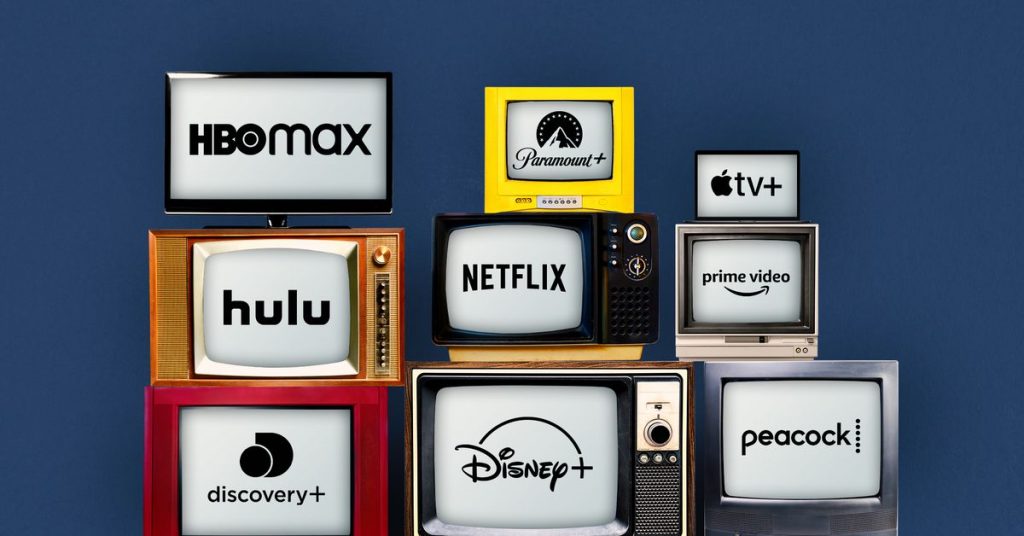Research: Major SVoDs use diverse bundling strategies
May 2, 2024

Findings from analyst firm Omdia’s Bundling’s Impact on the Global Streaming Market report reveal that Netflix maintains significant advantages as result of its ‘first-among-equals’ status within the streaming sector. This valuable position allows Netflix access to direct subscription from customers and avoid revenue sharing with platforms such as iOS or Google.
Omdia’s research highlights that about 98 per cent of Netflix’s bundled subscribers are from pay TV, telco, and wholesale deals. In contrast, Amazon Prime Video relies more on its own ecosystem, with only 10 per cent of its bundled subscribers coming from external deals, while 85 per cent co-subscribers to the Prime bundle.
According to Omdia Principal Analyst and lead author of the report Sarah Henschel, the delivery of paid online video subscriptions has evolved far beyond a simple one-to-one purchase agreement between a customer and an operator. “We wanted to investigate this in some depth to discover more about how the streamers are making the most of the bundling options open to them,” she explains.
The research breaks down bundling types across pay-TV and telco operators, online channel aggregators, credit card and banking services, consumer goods and devices, and co-subscription services.
“We already knew that Netflix pioneered the pay-TV and telco partnership space in the 2010s, aiding in reducing churn and expanding with media partners,” adds Henschel. “But we’ve also highlighted that HBO Max, or now Max, uniquely grew most of its bundled subscribers from legacy pay-TV partnerships and wholesale linear deals. Disney+ focused on a combination of pay-TV, telco and device deals with Disney+ Hotstar in India and US Disney/Hulu/ESPN bundles boosting co-subscription shares. Apple TV+ utilised Apple One co-subscriptions and device partnership discounts to scale the service. It has also sought telco bundles such as its T-Mobile deals in the US. Today, bundling opportunities are utilised not only for scale, but to reduce churn and focus on owning data and customer relationships. Effective bundling today requires a symbiotic relationship to deliver value.”
“While these remain the most common methods for bundling SVoD services with other media and utility packages, Omdia’s new research has found that bundling initiatives can now take many forms,” advises Adam Thomas, Omdia’s Senior Principal Analyst for TV & Video. “These exist in both digital and physical formats, with media and non-media-focused partners, and can come with or without direct-carrier billing capabilities.”
“Operators have historically collaborated with streamers for next-generation telco bundles, but the future of streaming extends beyond this,” suggests Principal Analyst Tony Gunnarsson. “Services are now being marketed and resold across various sectors, including banking, airlines and consumer goods and services. The era of streaming as a standalone direct-to-consumer proposition is over signalling streaming’s status as an essential household service and underlining the industry’s overall maturity.”

